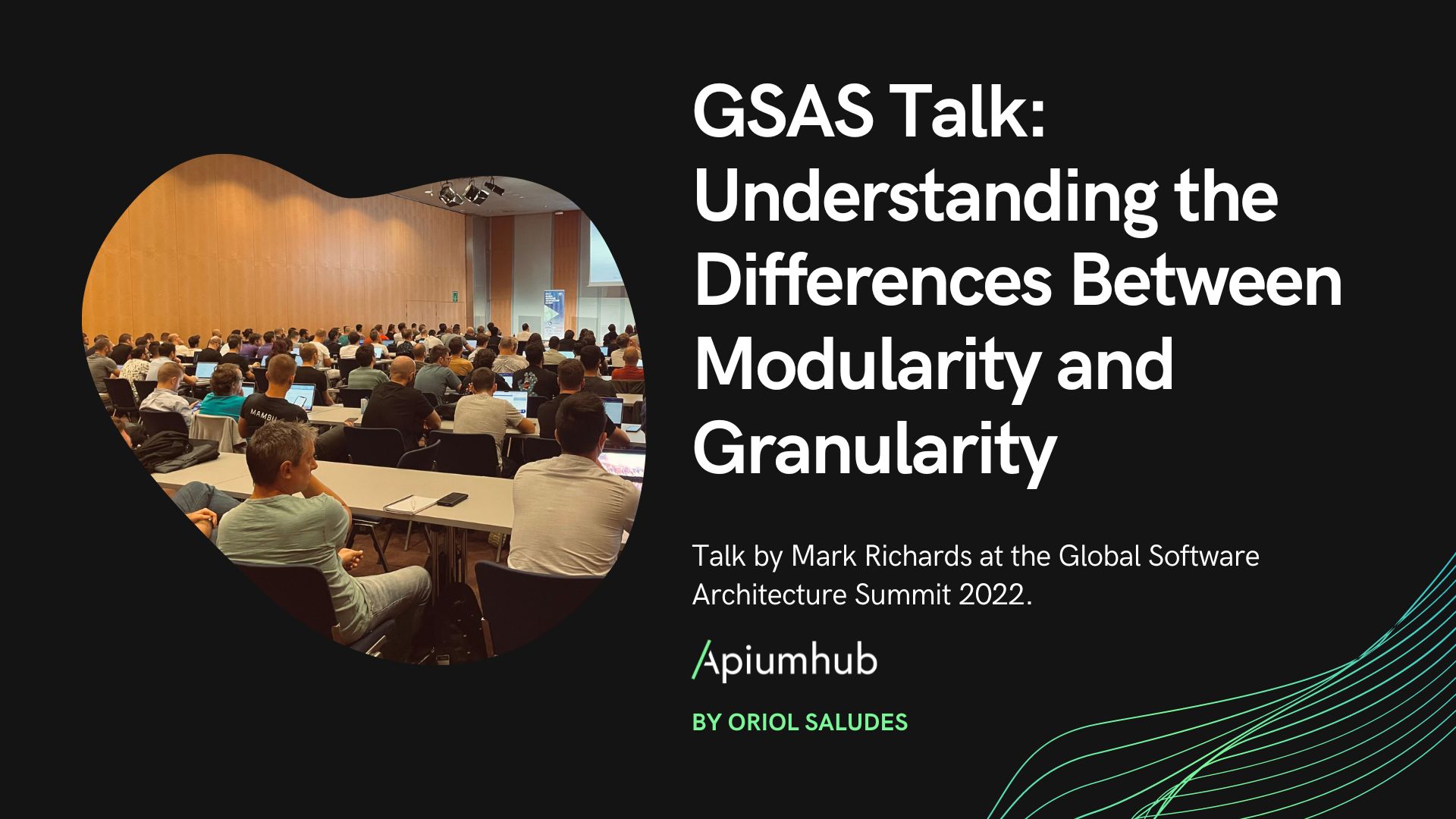Table of Contents
Continuing from Part 1, this article delves deeper into the insights of the talk “Pragmatic Approach to Architecture Metrics” presented by Sonya Natanzon and Vlad Khononov at the Global Software Architecture Summit last year. This second part of architecture metrics focuses on the concepts of integration strength within software development and modularity.
Integration Strength
Integration strength refers to the degree of interconnectedness and interdependence among various components, modules, or systems.
Implementation Coupling
• How the parts of the system are implemented
• Private interfaces
• Not intended for inter-component integration
Functional Coupling
• Knowledge of what the system has to do
• Business logic
• Use cases
• Rules, invariants, and constraints
Model Coupling
- Models of the business domain
- Data structures
- Software system-related aspects of the business domain
- Understanding of the functional requirements
Contract Coupling
- Components’ integration contracts
- Integration-specific models, APIs
- The minimal data needed for components to work together
| Low strength | High strength | |
| Low distance | Local Complexity | High cohesion |
| High distance | Loose coupling | Global complexity |
Loose coupling
• High cost of cascading changes
• Low shared knowledge
• Minimizes cascading changes
High cohesion
• High shared knowledge
• Frequent cascading changes
• Low cost of cascading changes
Local complexity
Low cost of cascading changes
• Low shared knowledge
• Co-located unrelated modules
Global complexity
• High cost of cascading changes
• High shared knowledge
• Frequent cascading changes
Modularity = strength XOR distance
When designing software systems, achieving modularity can have an impact on the system’s strength or distance between modules. By breaking down the system into modular components, developers can enhance the strength of each module by focusing on its specific functionality and ensuring its reliability. However, at the same time, there may be a trade-off in terms of the distance between modules, meaning that there might be increased communication or coordination overhead between modules.
It emphasizes the importance of finding the right balance between modularity, strength, and distance in software development. It highlights the need for careful design decisions to optimize the system’s robustness and maintainability while considering the interdependencies and communication requirements between modules.
Applying M=S^D
1. Minimize integration strength as much as possible
2. Balance integration strength and distance
• Both are high? — Reduce distance
• Both are low? — Increase distance
Pragmatic Approach to Architecture Metrics in a Nutshell
1. Business need to evolve and scale should be supported by software architecture’s ability to change on two vectors: frequency and effectiveness
2. Four metrics that can be used to evaluate the frequency and effectiveness of change: change lead time, deployment frequency, change failure rate, and mean time to recovery
3. Cost of change is the total of four metrics and is directly correlated to change complexity
4. Any two connected components share knowledge: implementation, function, model, or contract. The more knowledge is shared between two components, the stronger they are integrated
5. Modularity = Strength XOR Distance
Some books recommended during the talk Pragmatic Approach to Architecture Metrics were:
- Balancing Coupling in Software Design by Vlad Khononov
- ACCELERATE: The Science of Lean Software and DevOps: Building and Scaling High-Performing Technology Organizations by Nicole Forsgren and Jez Humble

Conclusion
Undoubtedly, the “Pragmatic Approach to Architecture Metrics” talk delivered valuable insights that warrant close attention, emphasizing the significance of pragmatism in software development, a factor often overlooked. Sonya and Vlad provided the audience with essential considerations for evaluating software and its potential transformations, encouraging a thoughtful and practical approach to architectural decision-making. It is imperative to grasp these key points, as they contribute to the overall success and sustainability of software projects.
Author
-

Experienced Full Stack Engineer with a demonstrated history of working in the information technology and services industry. Skilled in PHP, Spring Boot, Java, Kotlin, Domain-Driven Design (DDD), TDD and Front-end Development. Strong engineering professional with a Engineer's degree focused in Computer Engineering from Universitat Oberta de Catalunya (UOC).
View all posts









